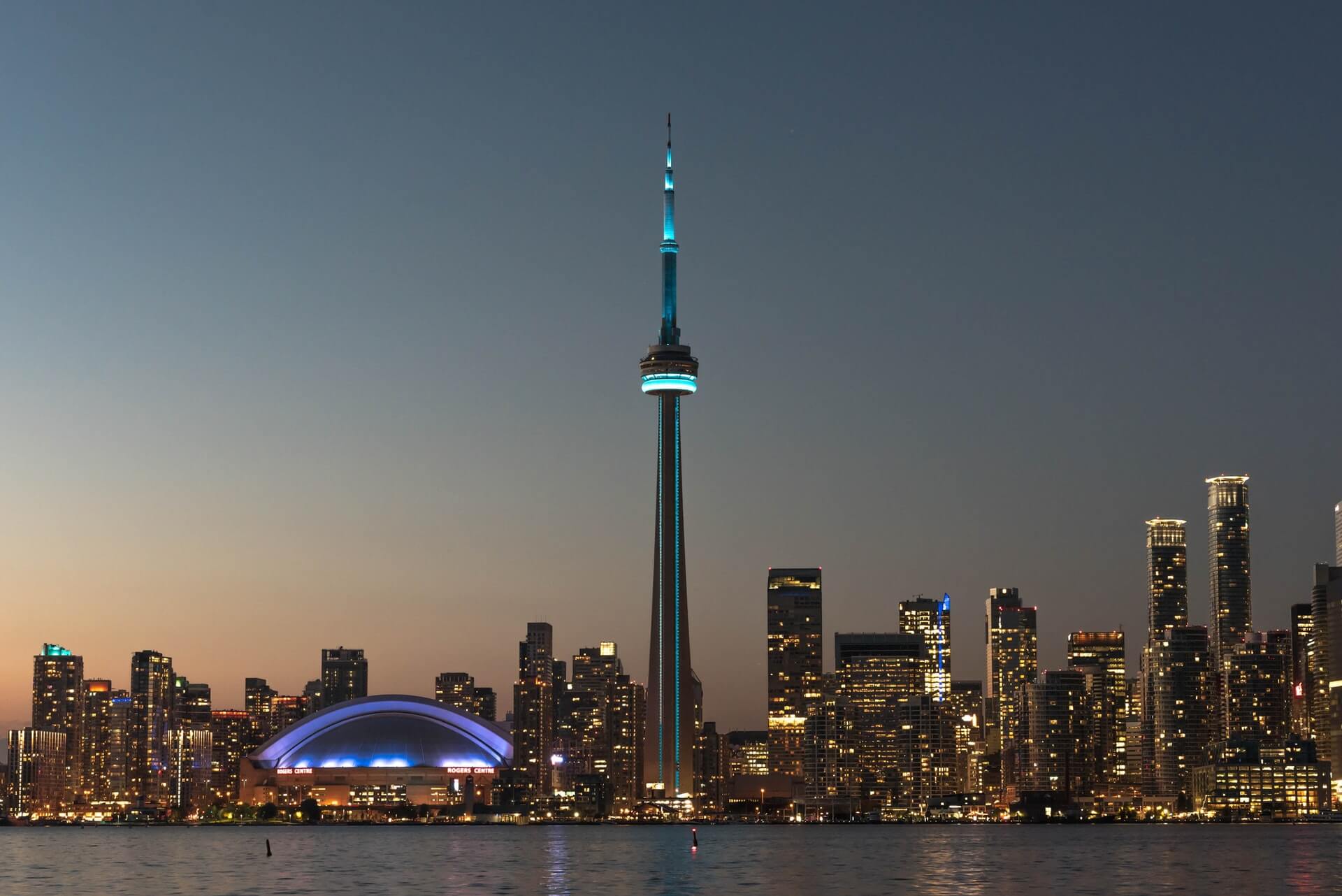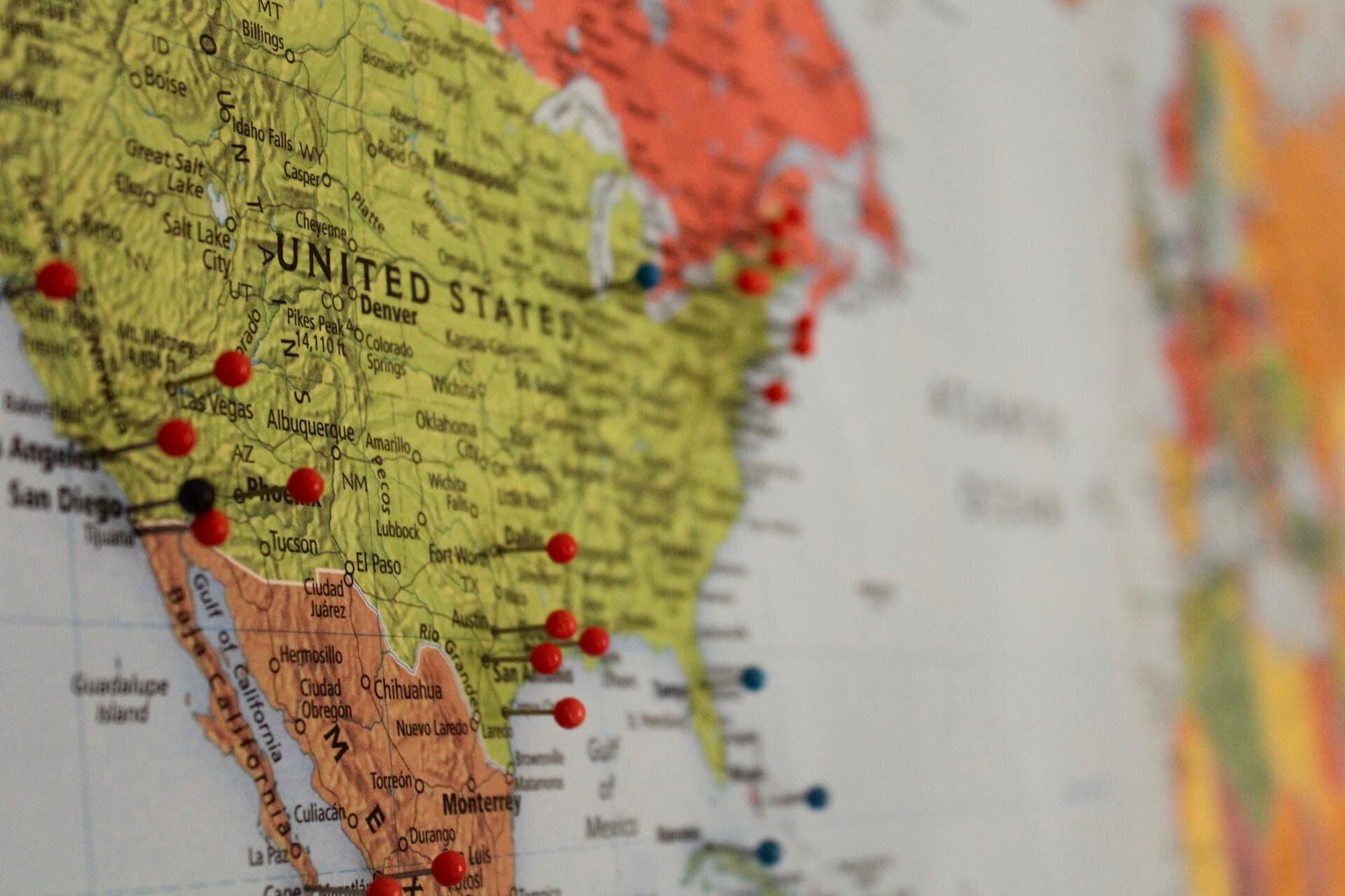What Current CDC Guidelines Mean for Restaurants and Bars

Less than two weeks ago, the U.S. Centers for Disease Control and Prevention once again updated the agency’s Covid-19 guidance.
For many in America the updates simply led to more confusion. Others see the changes to CDC guidance as another blow to the agency’s credibility.
The reality of the situation appears to be rather easy to understand. Business owners are most likely ignoring the CDC and just following state and local requirements.
And who can blame operators and their teams for doing so? After all, the guests they serve are likely more concerned about local guidelines than CDC guidance.
States Make First Moves
At this point, it appears the CDC is following rather than leading the way. Several states moved to rescind Covid-19 mandates around two weeks before the CDC changed its guidance.
For example, Nevada Governor Steve Sisolak lifted the state’s mask mandate on Thursday, February 10. Unlike in other states, the mandate was rescinded regardless of vaccination status.
Five days later, California lifted its indoor mask mandate for the vaccinated. The unvaccinated, as of February 16, are still required to mask indoors.
However, the requirement for businesses to check for proof of vaccination was also rescinded. Of course, businesses can still require masks and proof of vaccination if they so choose.
So, Now What?
The CDC and many state health officials are encouraging caution. Another surge in infections is expected.
In fact, the CDC points out that Covid-19 has not yet reached its endemic stage. Some predict the pandemic won’t become endemic until some time in 2023.
For now, the CDC is using three designations to identify different areas throughout the country: low risk, medium alert, and high alert.
Per the agency’s website, 90 percent of the US population is in a low-risk or medium-alert area. People can check their community’s current CDC designation via their new map here.
Low, Medium, High
The three CDC designations each carry specific guidance:
- Low Risk: People should stay current with their vaccinations. If someone has symptoms, they should get tested.
- Medium Alert: In addition to Low Risk guidance, people who at high risk of serious illness if infected should ask their healthcare providers if they should wear masks indoors and/or take other Covid-19 precautions.
- High Alert: Wear a mask indoors, stay current with vaccinations, and get tested if symptoms are felt.
Endless CDC guidance revisions have mainly resulted in confusion and an unfortunate lack of faith in the agency. So, these recommendations really don’t mean much for operators.
Rather, business owners should make they’re in compliance with state and local requirements while taking steps to ensure workers, guests, and their community are safe.
Image: Tim Mossholder on Unsplash







